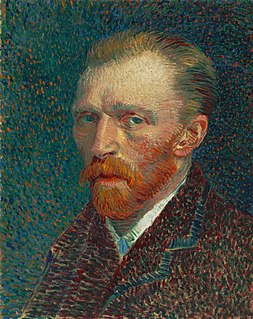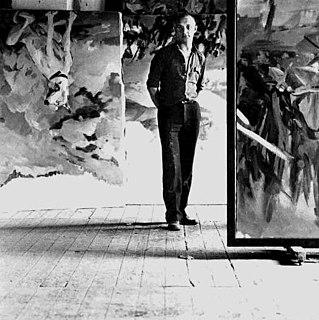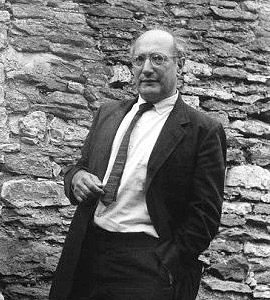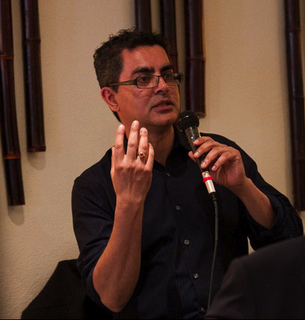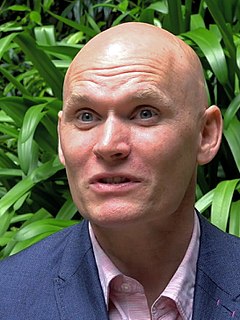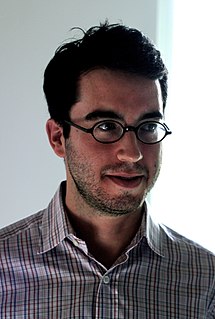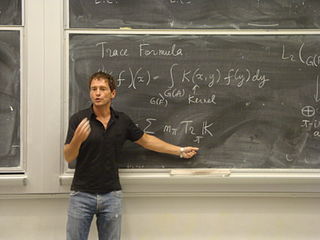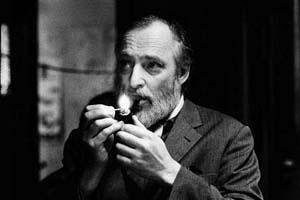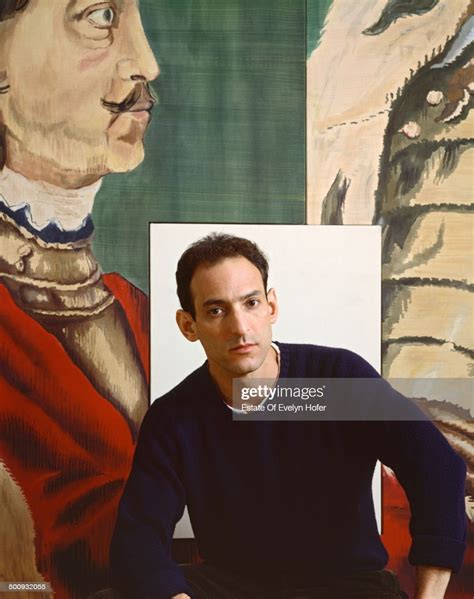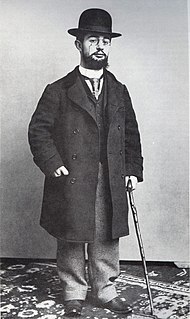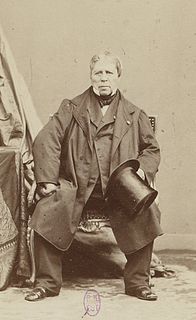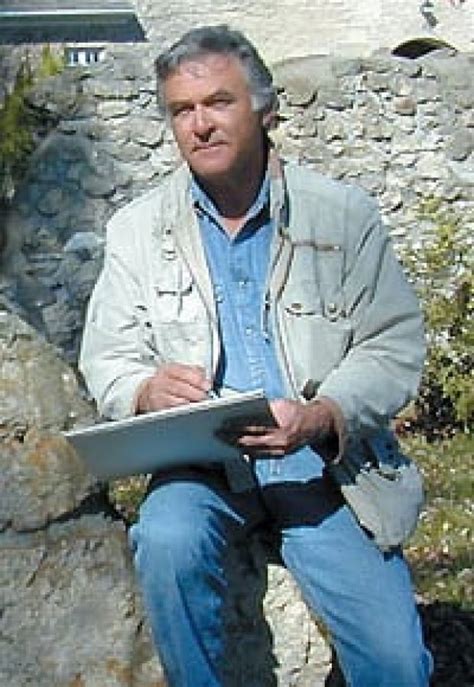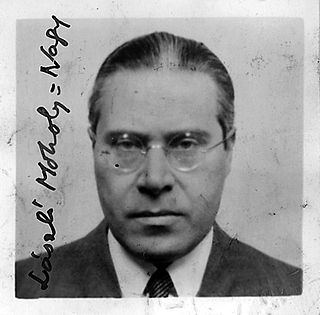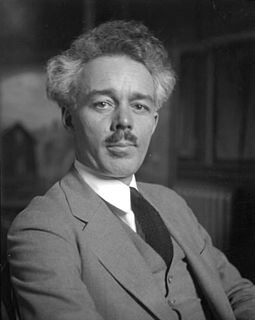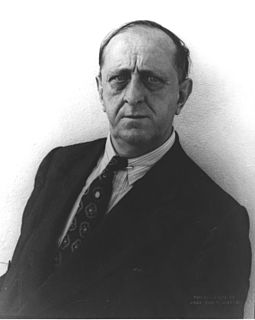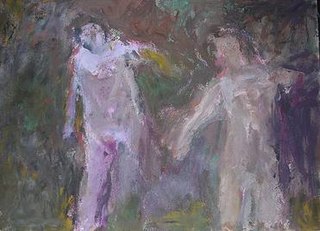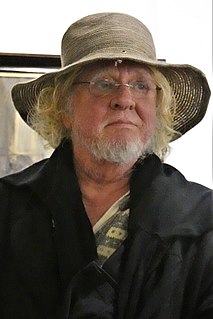A Quote by Vincent Van Gogh
I began to paint again, even though I could barely hold the brush, but knowing exactly what I wanted to paint, I began three more large canvases... of large wheat fields under cloudy skies, and it did not take a great deal to express sadness and loneliness... I believe these paintings say what words cannot.
Related Quotes
When I first painted a number of canvases grey all over (about eight years ago), I did so because I did not know what to paint, or what there might be to paint: so wretched a start could lead to nothing meaningful. As time went on, however, I observed differences of quality among the grey surfaces - and also that these betrayed nothing of the destructive motivation that lay behind them. The pictures began to teach me. By generalizing a personal dilemma, they resolved it.
The reason for my painting large canvases is that I want to be intimate and human. To paint a small picture is to place yourself outside your experience, to look upon an experience as a stereopticon view or with a reducing glass. However you paint the larger picture, you are in it. It isn't something you command.
Graffiti is a lot easier than the canvas actually, because it's such a large format, so when you're going to such a thin detail, it's not that thin in the realm of things because it's such a big wall. This would take a small paint brush of detail, but on a huge wall, if that's the size of a building, the thinnest detail is still that big, it's a quick spray. Spray paint is easiest for me. I love spray paint.
There is no condition that you cannot modify into something more, any more than there is any painting that you can paint and not like and just paint over it again. There are many limiting thoughts in the human environment that make it feel like it is not so, as you have these incurable illnesses, or these unchangeable conditions. But we say, they are only "unchangeable" because you believe that they are.
SADNESSES OF THE INTELLECT: Sadness of being misunderstood [sic]; Humor sadness; Sadness of love wit[hou]t release; Sadne[ss of be]ing smart; Sadness of not knowing enough words to [express what you mean]; Sadness of having options; Sadness of wanting sadness; Sadness of confusion; Sadness of domes[tic]ated birds; Sadness of fini[shi]ng a book; Sadness of remembering; Sadness of forgetting; Anxiety sadness.
Picasso and Matisse were the guys I wanted to get away from, and cubism is all still lifes. Their paintings are all closed drawings. And still life is a perfect form for that. By the mid-'50s, I sort of dropped the still life. The large picture was a way of getting around them, too. The abstract expressionists were also into the large form because it was a way of getting around Matisse and Picasso. Picasso can't paint big paintings. Matisse didn't bother after a certain point.
What if at school you had to take an 'art class' in which you were only taught how to paint a fence? What if you were never shown the paintings of Leonardo da Vinci and Picasso? Would that make you appreciate art? Would you want to learn more about it? I doubt it..........but this is how math is taught and so in the eyes of most of us it becomes the equivalent of watching paint dry. While the paintings of the great masters are readily available, the math of the great masters is locked away.
